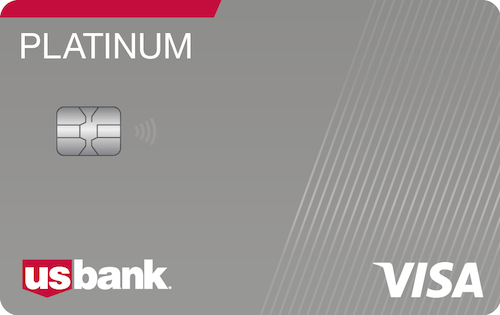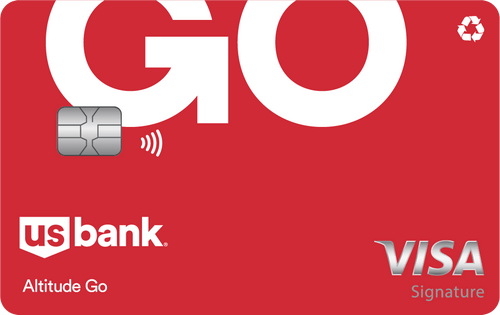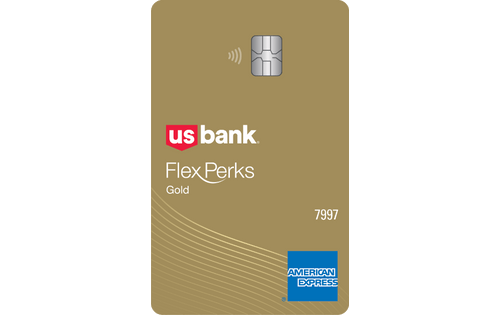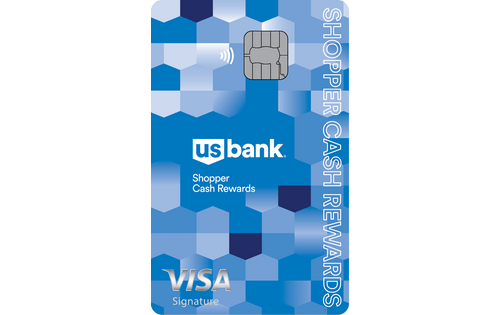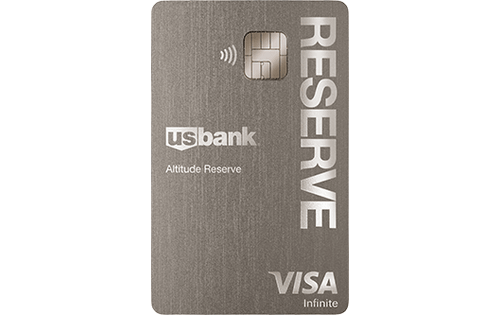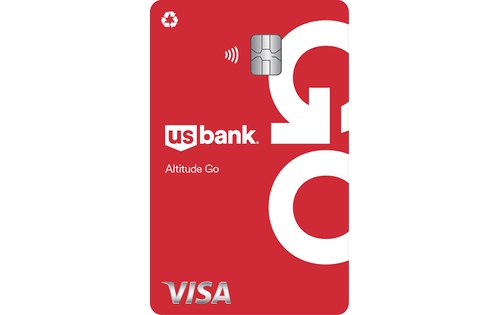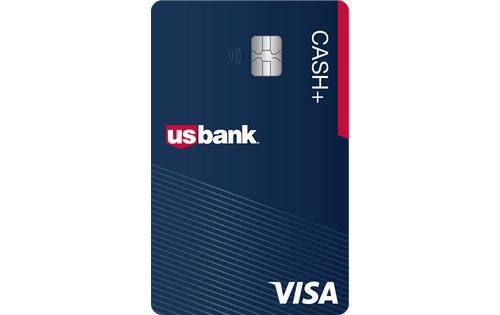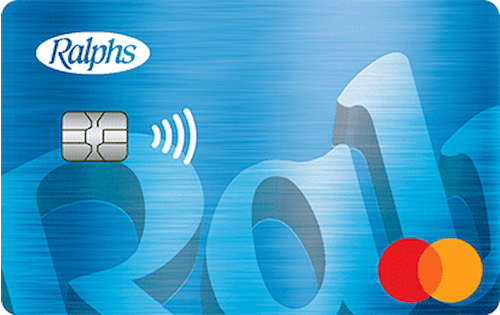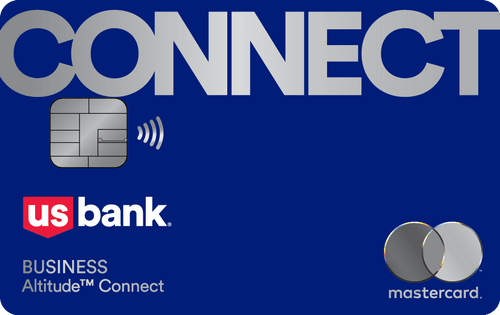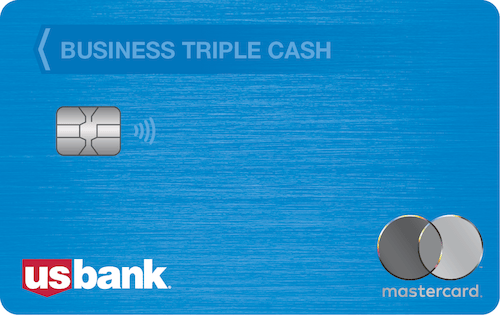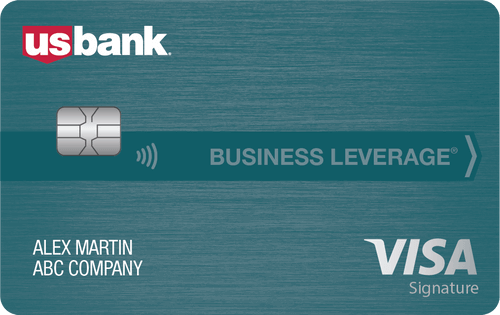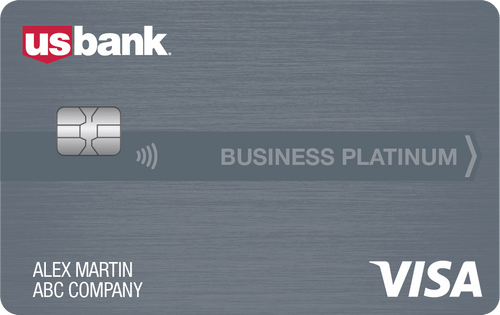- Best U.S. Bank credit cards comparison
- Methodology
- Sources
- About the author
- User questions & answers
- Expert opinions
Best U.S. Bank Credit Cards Comparison
| Credit Card | Best For | Annual Fee | Rewards Rate | Intro APR |
| U.S. Bank Visa® Platinum Card | 0% APRs | $0 | N/A | 0% for 18 billing cycles |
| U.S. Bank Altitude® Connect Visa Signature® Card | Everyday Rewards | $0 intro 1st yr, $95 after | 1 - 5 points per $1 | Not Offered |
| U.S. Bank Shopper Cash Rewards Visa Signature® Card | Initial Bonus | $0 intro 1st yr, $95 after | 1.5 - 6% cash back | Not Offered |
| U.S. Bank Altitude Reserve Visa Infinite® Card | Travel Rewards | $400 | 1 - 5 points per $1 | Not Offered |
| U.S. Bank Cash+® Visa® Secured Card | Bad Credit | $0 | 1 - 5% cash back | Not Offered |
| U.S. Bank Business Altitude™ Connect World Elite Mastercard® | Business Rewards | $0 intro 1st yr, $95 after | 1 - 5 points per $1 | Not Offered |
Methodology for Selecting the Best U.S. Bank Credit Cards
To identify the best U.S. Bank credit cards, WalletHub editors compare all of the credit cards issued by U.S. Bank from WalletHub’s database of 1,500+ credit card offers based on key WalletHub Rating components. We consider general-consumer credit cards, business credit cards, and co-branded credit card offers.
We then select the best cards in the most popular usage categories based on expected cardholder savings. Furthermore, we repeat this exercise regularly to ensure that credit card shoppers see the best options from U.S. Bank at any given time.
How Two-Year Cost Is Calculated
Two-year cost is used to approximate the monetary value of cards for better comparison and is calculated by combining annual and monthly membership fees over two years, adding any one-time fees or other fees (like balance transfer fees), adding any interest costs, and subtracting rewards. Negative amounts indicate savings. When fees or other terms are presented as a range, we use the midpoint for scoring purposes.
Rewards bonuses and credits have been taken into account for two-year cost calculations. However, bonuses applicable to only a very small portion of cardholders are not considered. For example, credits and bonuses awarded for spending or redeeming rewards through a company portal with non-co-branded cards have not been taken into account. Similarly, bonuses and credits related to spending with specific merchants using a non-co-branded card have not been taken into account (for example, if Card A offers credits with DoorDash, this feature would not be factored into calculations because it is hard to assess how many cardholders would use the benefit or exactly how much value they'd get from it).
Cardholder Spending Profiles
Given that different users have different goals and are likely to use their credit cards differently, we identified spending profiles that are representative of different users’ financial priorities and behaviors. For each cardholder type, we have assumed a specific amount of monthly spending by purchase type (e.g., groceries, gas, etc.), as well as an average balance, balance transfer amount, amount spent on large purchases and average monthly payment. Spending assumptions are based on Bureau of Labor Statistics data for consumers and PEX data for businesses.
Sources
WalletHub actively maintains a database of 1,500+ credit card offers, from which we select the best options for different applicants as well as derive market-wide takeaways and trends. The underlying data is compiled from credit card company websites or provided directly by the credit card issuers. We also leverage data from the Bureau of Labor Statistics to develop cardholder profiles, used to estimate cards’ potential savings.
